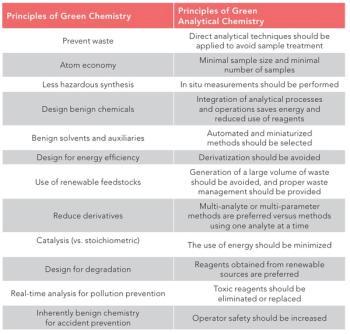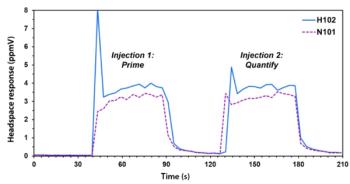Key Points
- While essential oils are useful, monitoring their authenticity is critical for quality control, as fake oils can pose health risks.
- Researchers used a new approach for monitoring mandarin essential oils, which are valued for their distinct aromatic profile and diverse applications in the flavor, fragrance, and pharmaceutical industries.
- The data gathered from the researchers’ analyses displayed clear seasonal and geographical trends, with chemometric investigation confirming the validity of the obtained results.
University of Messina researchers led efforts to analyze mandarin essential oils using enantio-selective multidimensional gas chromatography coupled to isotopic ratio mass spectrometry. Their findings were published in the Journal of Chromatography A (1).
Essential oils are highly concentrated plant extracts obtained through various methods, such as steam distillation or cold pressing, which capture the natural fragrance and beneficial properties of the plant (2). The authenticity of essential oil is critical in quality control due to the increasing prevalence of adulteration. Using fake essential oils can pose health risks due to added chemicals or poor-quality ingredients.
Mandarin essential oils are particularly valued among due to its distinct aromatic profile and diverse applications in the flavor, fragrance, and pharmaceutical industries. Primarily extracted through cold-pressing of mandarin peels, these oils are comprised of complex volatile fractions,predominantly composed of monoterpenes such as limonene and γ-terpinene, along with minor compounds like α-sinensal and methyl N-methylanthranilate, which contribute to its unique olfactory characteristics. Mandarin essential oils are used to help treat various conditions, such as acne, insomnia, and wrinkles (3).
Conventional analytical methods, such as gas chromatography coupled to mass spectrometry (GC–MS) and/or flame ionization detection (GC-FID), are used to evaluate essential oil constituents. However, continuous growth of the global market necessitates the use of more advanced analytical approaches for assessing authenticity. A different technique for characterizing essential oils is enantio-selective gas chromatography (Es-GC), which is effective since many plants exhibit characteristic enantiomeric distributions that reflect their unique biochemical pathways.
In this study, the researchers implemented a new novel analytical approach, based on a heart-cut enantio‑selective multidimensional gas chromatographic system coupled in parallel to an isotopic ratio mass spectrometer and a single quadrupole mass spectrometer (Es-MDGCsingle bondC-IRMS/qMS). For the first time, stand-by analysis in the first dimension, which is typically employed to transfer target compounds to the second dimension, was used to perform quali-quantitative analyses. The second dimension was equipped with a chiral stationary phase and coupled to a qMS and an IRMS, allowing the simultaneous evaluation of selected target components' chiral and carbon isotopic ratios. According to the authors, this research reports for the first time the δ¹³C values of specific enantiomers in mandarin essential oils.
The data gathered from Es-MDGC-–C-IRMS/qMS analysis displayed clear seasonal and geographical trends, with chemometric investigation confirming the validity of the obtained results. This integrated approach, when compared to using multiple instruments, enhanced the accuracy of the analytical data by mitigating common issues, such as co-elution and peak overlap, which are typically encountered in monodimensional systems. Further, significant reductions were found in total analysis time, electricity and solvent consumption, and waste generation. Future research efforts will aim to expand the dataset by incorporating larger amounts of samples from diverse regions and harvest periods, in hopes of bolstering the robustness of this analytical framework. These efforts will broaden the method’s applicability and ensure greater reliability in assessing essential oil authenticity.
References
(1) Cannizzaro, F.; Cucinotta, L.; Irrera, E.; Oliveri, P.; et al. Comprehensive Analysis of Mandarin Essential Oils: Simultaneous Qualitative, Quantitative, Chiral, and Isotopic Profiling via Enantio-Selective Multidimensional Gas Chromatography Coupled to Isotopic Ratio Mass Spectrometry. J. Chromatogr. A 2025, 1754, 466026. DOI: 10.1016/j.chroma.2025.466026
(2) Rojas, B. Helpful Tips for Identifying Fake Essential Oils. Escents 2024. https://escentsaromatherapy.com/blogs/natural-wellness/helpful-tips-for-identifying-fake-essential-oils?srsltid=AfmBOoqXWUVeki2hhwmTC9fmTyoWiUouy6Pd2NPfCZ-N8Z7BYcxIkb12 (accessed 2025-6-17)
(3) Mandarin Essential Oil: Citrus Reticulata. AromaWeb 2025. https://www.aromaweb.com/essential-oils/mandarin-essential-oil.php (accessed 2025-6-17)





